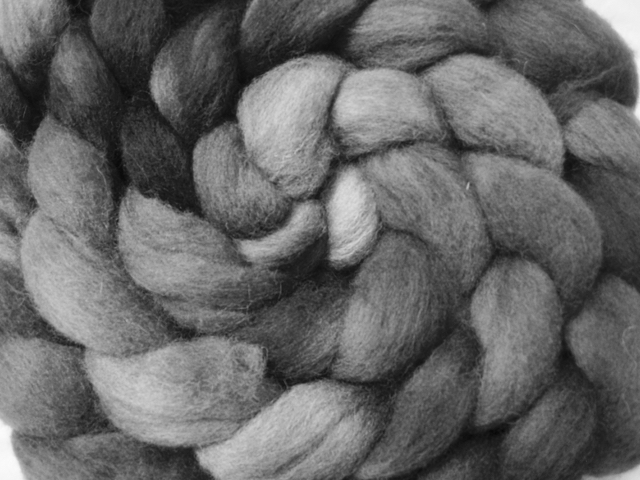Home from Yarndale
I'd not been to Yarndale, the spectacular Yorkshire celebration of all things colourful and woolly, before this past weekend, and I am definitely going back! From the location for the show to the spectacular decorations to the wide array of vendors, it was absolutely lovely.
First up: the venue - held in the Skipton Auction Mart, the site for Yarndale is not what would immediately spring to mind when thinking about a show venue. There's a rough concrete floor, and vendors are literally penned in - most stalls are placed inside one of the animal pens. And while this may strike you as a bit odd, as a vendor it was akin to having a ready made shell system. We took advantage!
Then there was the decoration of the hall - I sadly did not get a photo of the famous Yarndale Bunting, but there was plenty of added colour to enjoy!
Then there were the critters - alpaca, bunnies, sheep on every aisle. I was particularly taken by the matched set of alpacas at the end of our row on Saturday.
Then there were the sheep: Herdwicks, Shetlands, Jacobs, Wensleydales - just about everything you could possibly imagine!
Baby Herdwick
Suspicious Jacob lamb
Wensleydale with a recent haircut
Thanks so much to everyone who came by the booth over the weekend - it was a pleasure to meet so many of you! If there's something that you wish you'd grabbed at the show, the shop is now back online so go over and have a browse. If you don't see what you're looking for, let me know through the contact links at the bottom of the page. And hopefully I will see you next year in Skipton!























